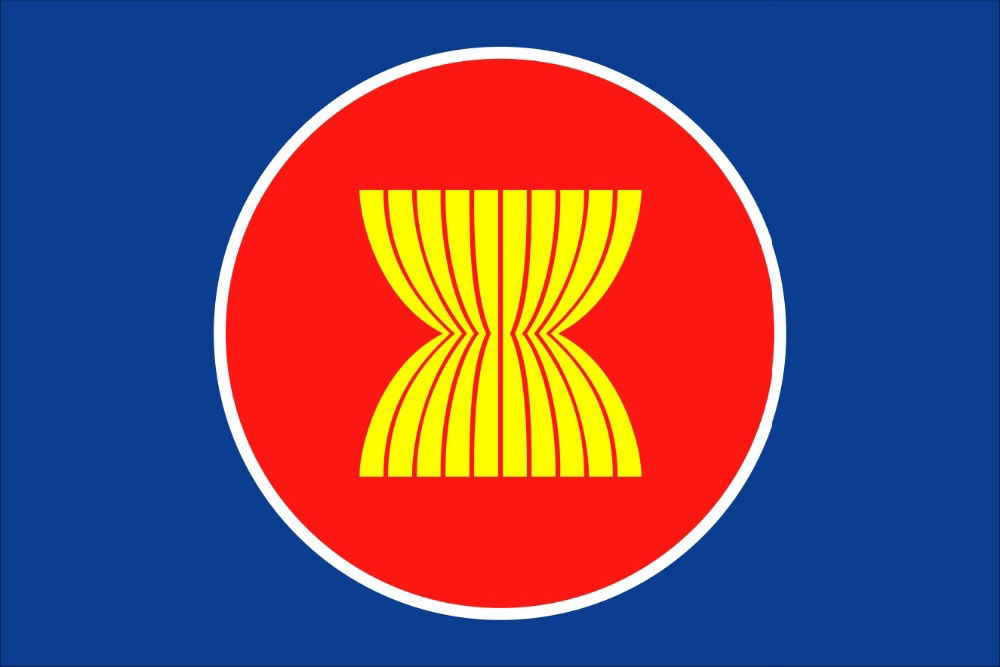
The ASEAN Cosmetic Directive regulates the cosmetics market in the following 10 ASEAN member states: Singapore, Brunei Darussalam, Malaysia, Thailand, Indonesia, Philippines, Vietnam, Laos, Cambodia and Myanmar.
ASEAN is an international organization founded on 8 August 1967 in Bangkok by the Philippines, Malaysia, Thailand, Indonesia and Singapore. On 8 January 1984, Brunei Darussalam, on 28 July 1995, Vietnam, on 23 July 1997, Lao PDR and Burma, and on 30 April 1999, Cambodia joined the organization.Spread over 4.5 million square kilometers, the ASEAN region has a total population of around 500 million.
A declaration is also necessary for each target country. This declaration or notification can be carried out by the distributor, the manufacturer or a local representative. The company must also have an address in the local market in order to be appointed as the responsible party and permit the cosmetic brand to offer the product in that market. Any cosmetic product introduced to the ASEAN market needs an ASEAN dossier and compliance labels. The cosmetic dossier must include formulation information and a safety report.

The ASEAN Cosmetic Directive (ACD) is an agreement among ASEAN countries to harmonise requirements of cosmetic products so as to reduce technical barriers to trade in the region. The ACD was implemented in Singapore from 1 January 2008.
A declaration is also necessary for each target country. This declaration or notification can be carried out by the distributor, the manufacturer or a local representative.
The company must also have an address in the local market in order to be appointed as the responsible party and permit the cosmetic brand to offer the product in that market. Any cosmetic product introduced to the ASEAN market needs an ASEAN dossier and compliance labels. The cosmetic dossier must include formulation information and a safety report.
Appendix I: Illustrative List of Cosmetic Products by Categories
Appendix III: ASEAN Cosmetic Claim Guideline
Annex II Part 1: List of substances which must not form part of the composition of cosmetic products
Annex III Part 1: List of substances which cosmetic products must not contain except subject to restrictions and conditions laid down
Annex IV Part I: List of coloring agents allowed for use in cosmetic products
Annex VI: List of preservatives allowed
Annex VII: List of permitted UV filters which cosmetic products may contain
Appendix II: ASEAN Cosmetic Labelling Requirement
ASEAN Sunscreen Labelling Guideline
Appendix VI: ASEAN Guidelines for Cosmetic Good Manufacturing Practices
Guidelines for the Safety Assessment of a Cosmetic Product
A Guide Manual for the Industry: Adverse Event Reporting of Cosmetic Products
Guidelines for Product Information File (PIF)
ASEAN Guidelines on Limits of Contaminants for Cosmetics (Updated Oct 2019)